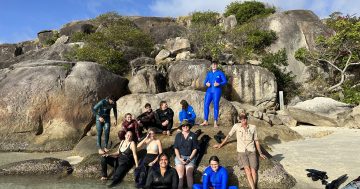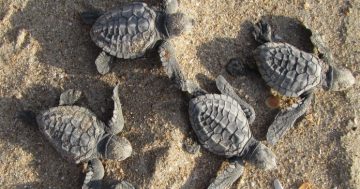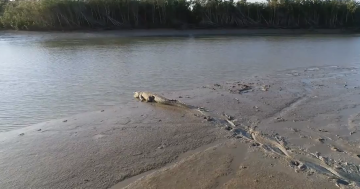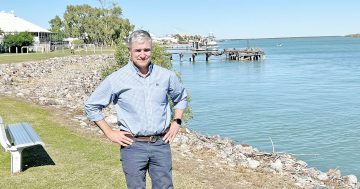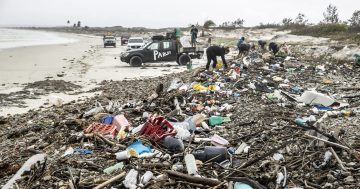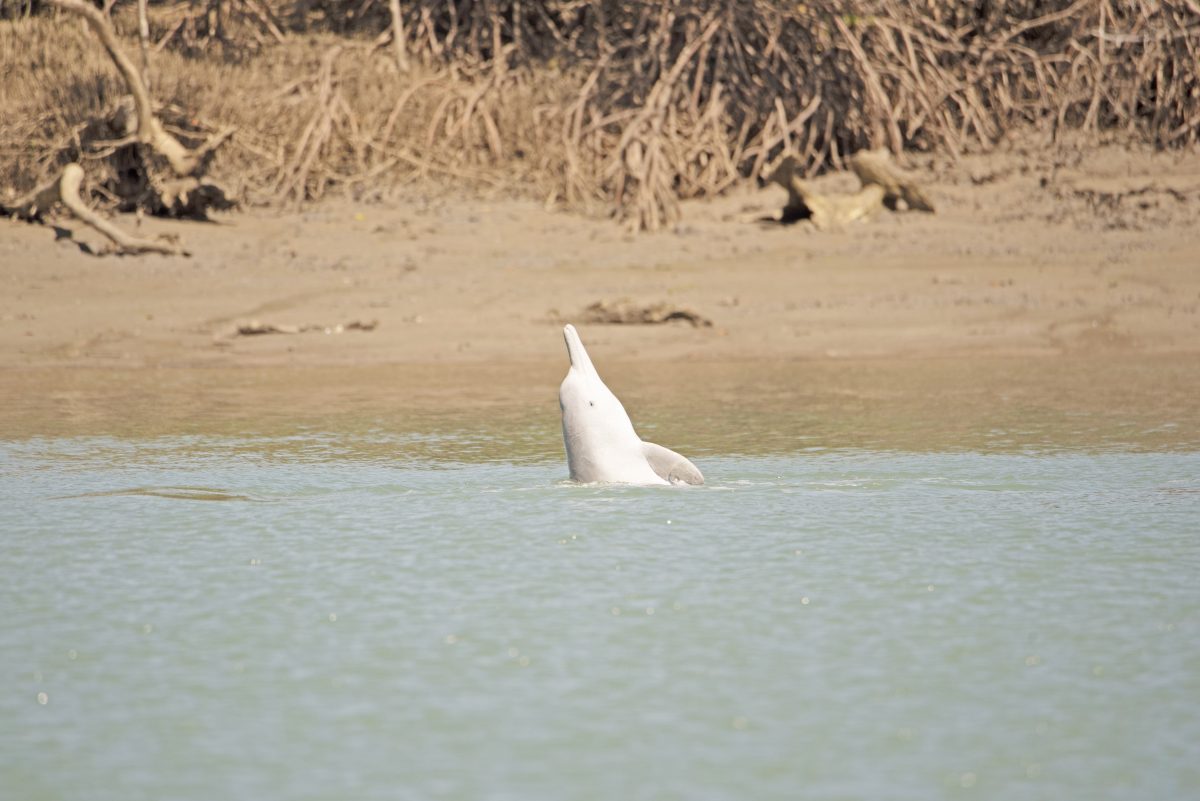
Scientists want to know more about the humpback dolphin, which is a regular on the Cape York coastline.
CAPE York Traditional Owners are working with marine biologists from two universities to conduct a census of the Great Barrier Reef’s unique dolphin species.
In a scientific first, researchers from Southern Cross University and Flinders University are collaborating with Indigenous communities about their sea country to conduct an extensive study of threatened inshore dolphins in the wild – the Australian humpback dolphin and the snubfin dolphin.
The aim is to better understand the dolphins’ distribution and numbers, as well as to assess threats they’re facing to better inform conservation efforts, filling a key data gap for iconic species on the Reef.
Data will also be collected on any whale and dolphin species found during the survey.
The study area between Cairns and the tip of Cape York is regarded as some of the most pristine and unexplored sections of the Reef due to low population and coastal development.
The Great Barrier Reef Dolphin Project is a collaboration between the Great Barrier Reef Foundation, Southern Cross University and Flinders University and is funded by the partnership between the federal government’s Reef Trust and the Great Barrier Reef Foundation.
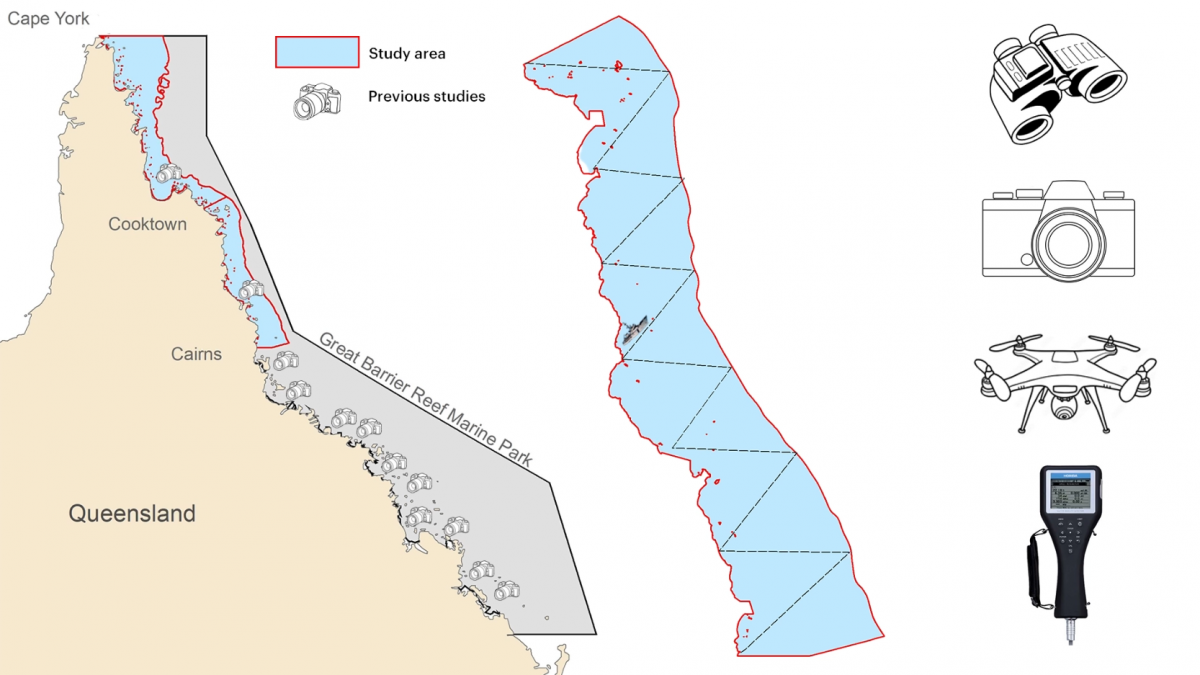
A supplied graphic showing the study area for GBR Dolphin project.
“In this remote and unexplored region, we need to understand the number, distribution and threats to inshore dolphins from the coast to the outer reef,” said project lead Dr Daniele Cagnazzi, from Southern Cross University.
“Traditional Owner and Indigenous ranger groups will be key to this new study of their sea countries, as they provide consent for the study and access to their distinct sea country regions.”
Traditional Owners also have opportunities to get involved in all aspects of the project, starting from the survey design alongside the research team.
Australia’s Great Barrier Reef is visited by more than 30 species of cetaceans. Yet very little is known about two in particular that are regarded as highly charismatic: the Australian humpback dolphin and the snubfin dolphin.
“Both species are vulnerable because they live in small numbers, have a low reproduction rate and are dependent on the quality of coastal habitat,” said Dr Cagnazzi.
Co-lead research partner Associate Professor Guido Parra, from Flinders University’s Cetacean Ecology Behaviour and Evolution Lab, said the fieldwork would involve extensive consultation, engagement and use of technology including AI and drones.

The snubfin dolphin is a highly animated species.
“This is an unprecedented opportunity for scientists and traditional owners to work together and fill in important gaps of knowledge concerning inshore dolphins in sea countries and the Great Barrier Reef,” Dr Parra said.
“The public more generally can also play a big role in these complex environmental projects. People are invited to be our ‘eyes on the Reef’ and report sightings of dolphins to the Great Barrier Reef Dolphin Project.”
In addition to looking for and recording key animal and environmental indicators, the researchers will seek to uncover new insights and measures that take into account the diverse social, economic and cultural values the Reef brings to people and communities.
Great Barrier Reef Foundation managing director Anna Marsden said the Great Barrier Reef was an irreplaceable ecosystem, home to thousands of species of marine life.
“We are proud to support this project to gain critical knowledge about these iconic species. The condition and behaviour of individual marine species can tell us a lot about the health of the Reef,” Ms Marden said.
“We will expand our knowledge of the early warning signs of ecological change so that Reef managers and researchers can proactively manage and support these three key species of inshore dolphins.”

Marine biologists want to know more about the humpback dolphin.





